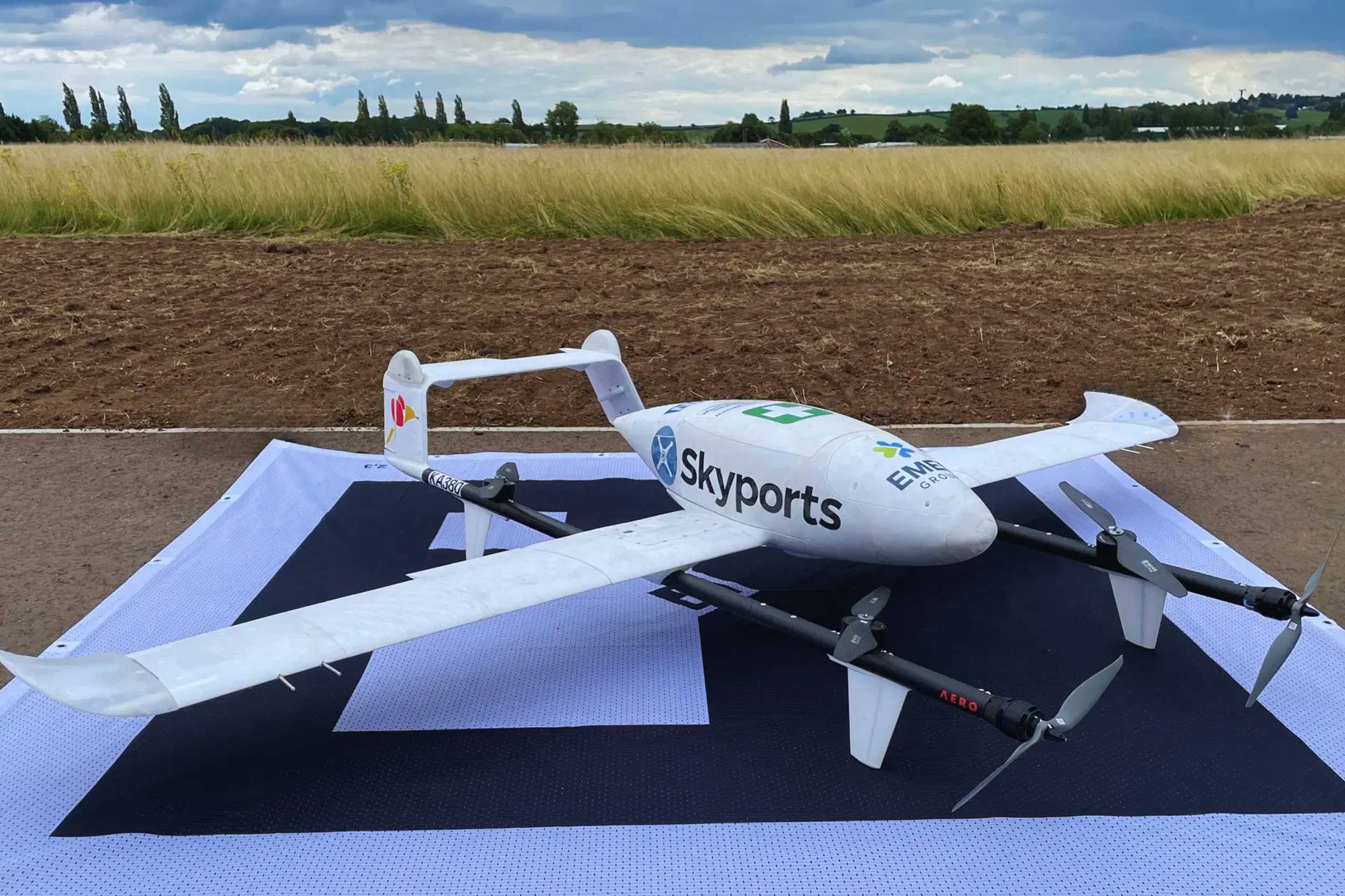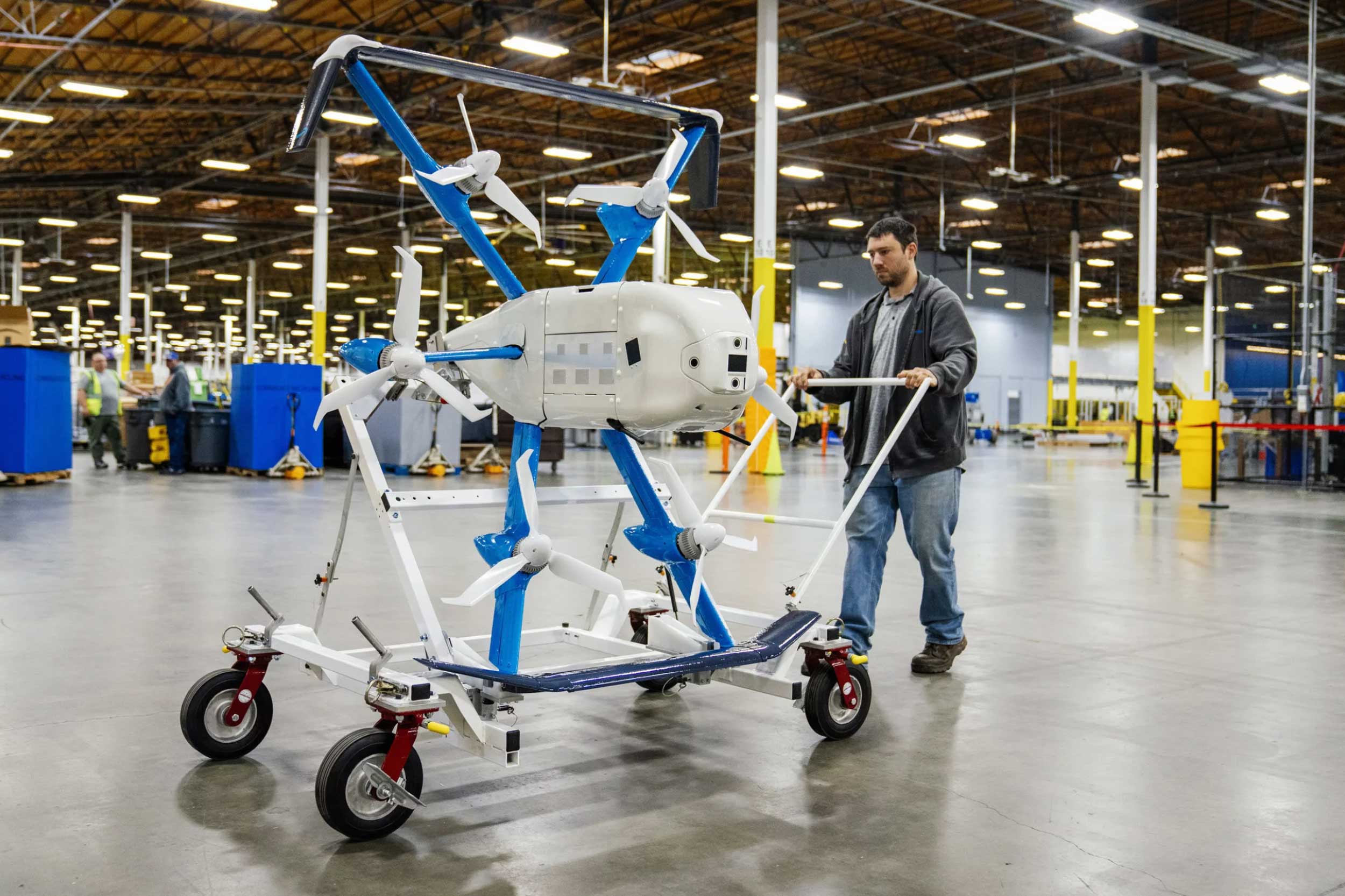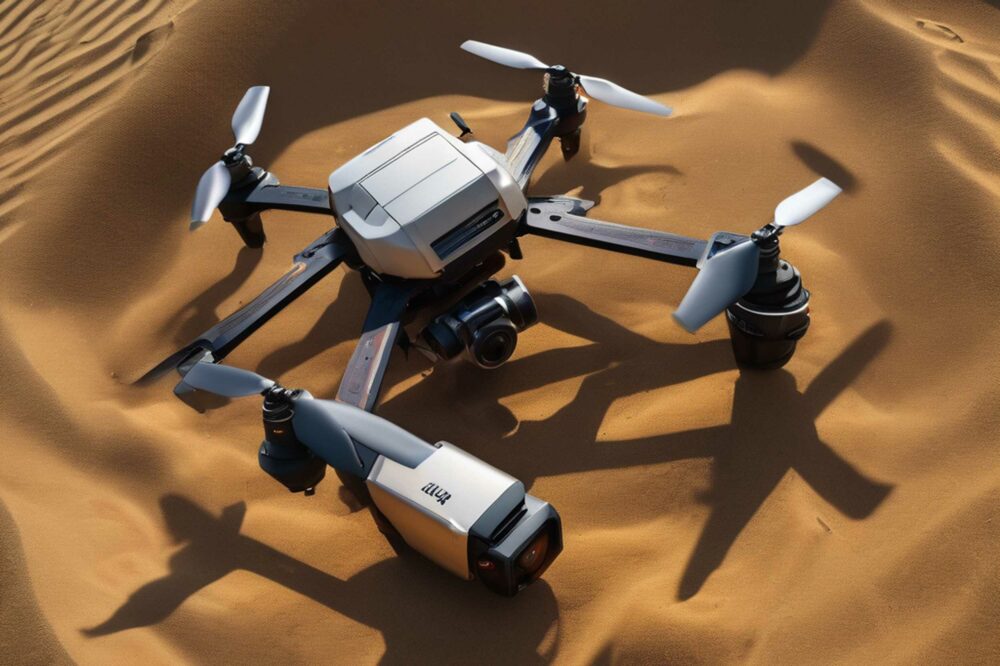A new type of airspace has been invented by the UK CAA: Temporary Reserved Area. And it’s reserved for – yes, you guessed – drone trials.
Six drone trials, in fact, announced by the CAA, that will be part of what the authority calls an ‘innovation sandbox’ to test and prove whether the companies involved have a solution to allow drones to operate in the same airspace as other aircraft.
The official CAA description of a Temporary Reserved Area is:
“The TRA is a defined volume of airspace that is temporarily reserved for a particular use which can be activated as and when required. It uses the classification of the airspace it is in but may also have additional requirements applied to enable the safe trialling or operation of aircraft within it.
“The TRA is managed by an air navigation service provider (ANSP) using an agreed ruleset when the TRA is active. It can also have a transponder mandatory zone (TMZ) or radio mandatory zone (RMZ) if required.
“The establishment and dis-establishment of a danger area (DA), temporary segregated area (TSA) and/or a temporary reserved area (TRA), and any associated airspace overlays (e.g. a TMZ), still requires an airspace change. Change sponsors must consider the guidance contained within CAP 1616 Airspace Change.”

Skyports is just one of the drone companies taking part in the sandbox trials
Sophie O’Sullivan, Head of Future Safety and Innovation at the UK Civil Aviation Authority – ie, drones – said, “Our innovation sandboxes play a pivotal role in our ongoing mission to develop efficient, forward-thinking regulations that will allow different types of aircraft to use the same airspace.
“The chosen projects encompass a range of critical applications, including medical deliveries and infrastructure surveying. They highlight the varying role that drones could play in the aviation ecosystem and the trials will provide invaluable insights into how we integrate drones safely with existing airspace users.”

Not yet a part of the sandbox trials, Amazon’s new MK30 drone is nonetheless expected to start delivering purchases in 2024
Six drone trials across the UK
Apian – London Health Bridge: Apian has partnered with Guy’s and St Thomas’ hospitals to trial an on-demand drone delivery service for high-priority pathology samples. This project will serve as a blueprint for the wider adoption and scaling of drone delivery throughout the NHS across London.
Cranfield Airport and Project BLUEPRINT: Cranfield Airport and Project BLUEPRINT is seeking to fly in the vicinity of Cranfield Airport and Milton Keynes, which will enable crewed and uncrewed aircraft to co-exist in a safe and efficient operating environment. This will be achieved through the deployment of a low-cost ground based detect and avoid network, and development and integration of open access UTM architecture into Cranfield Airport.
Droneprep – Open Skies Cornwall: DronePrep’s ‘Sky-Highways’ Concept of Operations (ConOps) has been awarded a position on the CAA TRA Sandbox to exploit consultation findings of the UKRI Future Flight Challenge Phase 3 project ‘Open Skies Cornwall’ currently being progressed by DronePrep and their consortia in the region.
The Open Skies Cornwall project remit during 2022-25 is to establish a permanent operational environment in airspace to allow project end users, NHS, Royal Mail, Falmouth Harbour, Cornwall Council and Civilian Emergency Response Organisations to benefit from improved connectivity across, and into, Cornwall.
HexCam has operated drones commercially since 2012 and has developed a specialism in survey, mapping and 3D digital twin inspection modelling, working on renewable energy infrastructure and other construction projects. HexCam, in partnership with its local ANSP, seeks to test the viability of long distance drone survey operations, utilising electronic conspicuity and air traffic services at very low levels as a means to integration.
Skyports – Project TRAject: Skyports Drone Services has partnered with Air Navigation Solutions Limited (ANSL) to implement a concept of operations for beyond visual line of site drone delivery operations at scale.
Skyports Drone Services and ANSL will trial the operational concept at the Skyports Drone Services Westcott flight testing facility, before implementing the solution for NHS drone deliveries in Scotland.
Snowdonia Aerospace Centre – Project Dragons Eye. A series of trials at the Centre to test the TRA policy concept of securing unsegregated and uncontrolled airspace. The trials will seek to determining the necessary surveillance technologies, airspace management procedures, and flight operation procedures to achieve this.
Using the Llanbedr Danger Area (EG D217) and their Flight Information Service, the Centre will prototype the TRA concept in a safe and controlled fashion and gather suitable test and verification data for options that can be deployed away from the test area to support operational use cases in Class G airspace across Wales.














